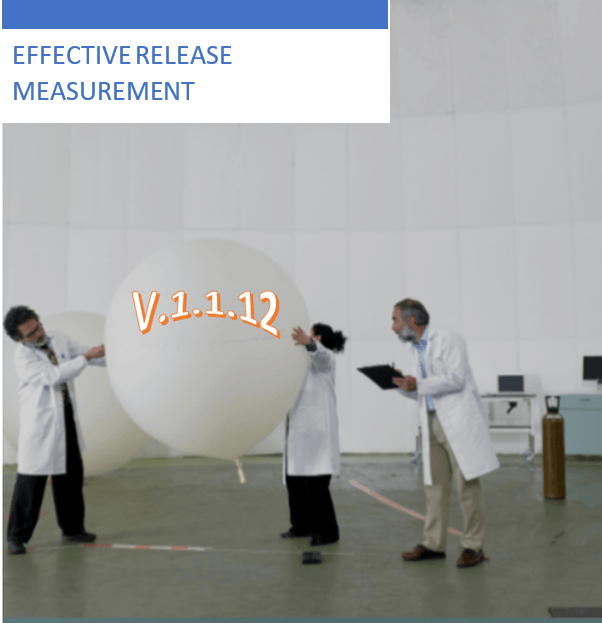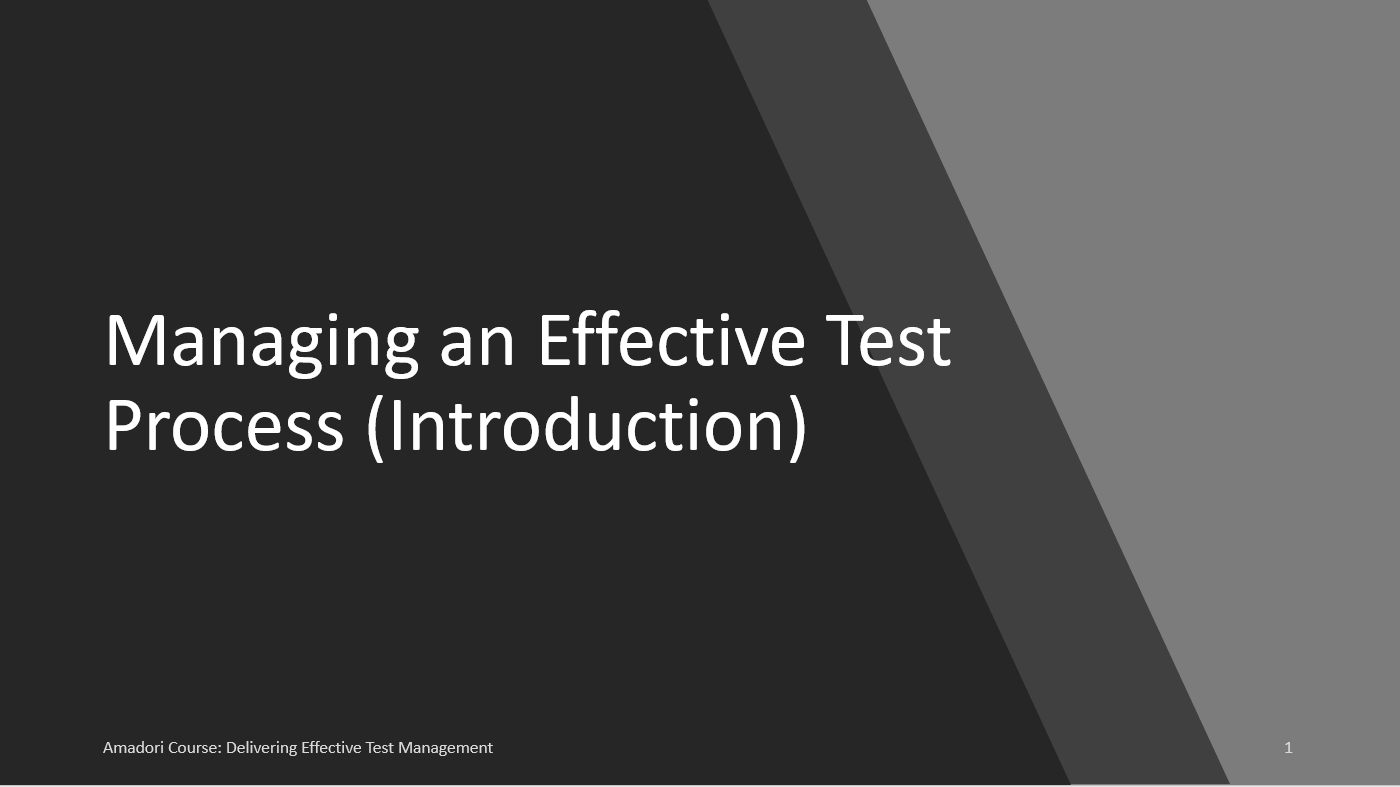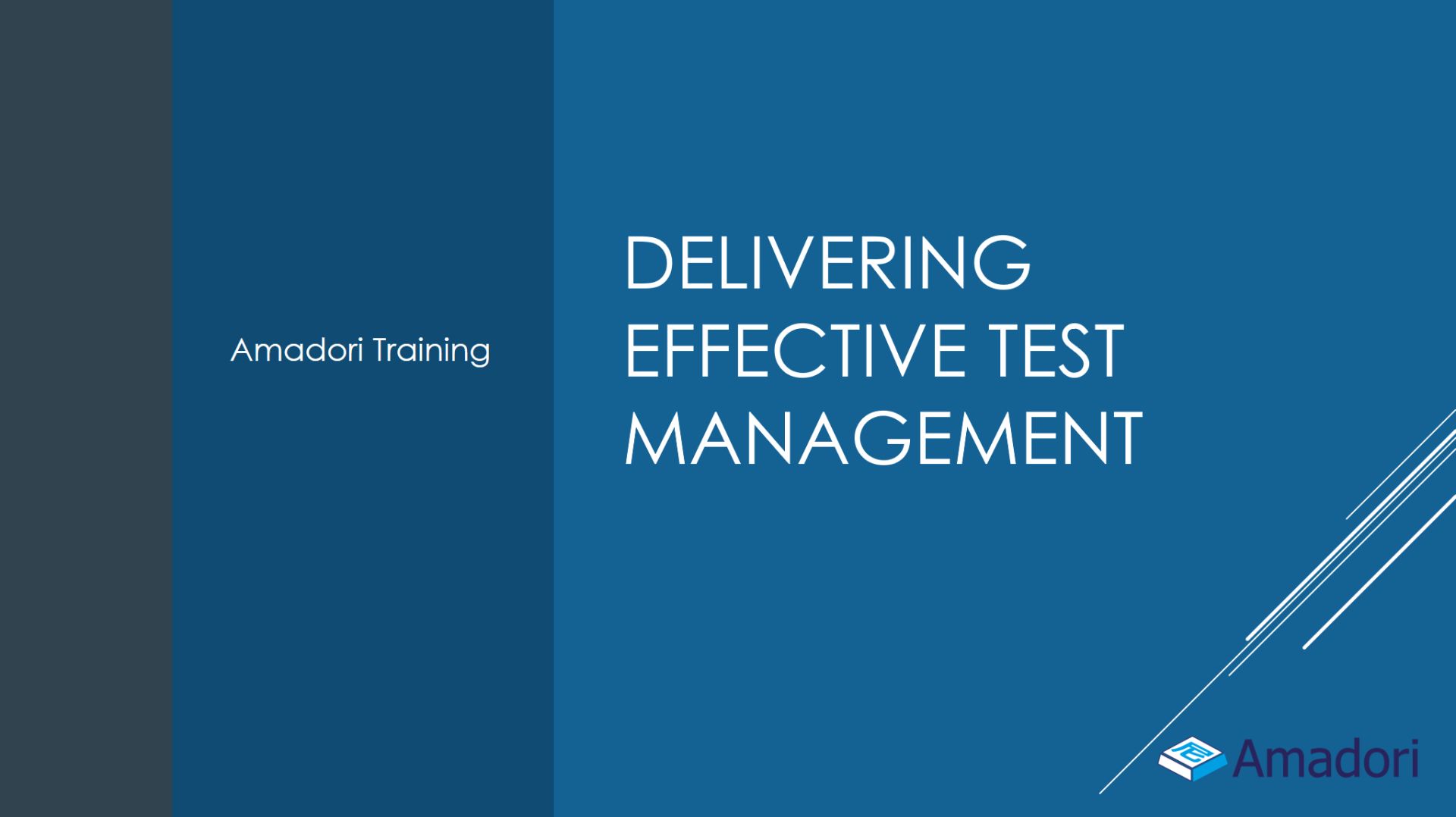Getting to the Root of Software Delivery Issues
Core Curriculum
Complete - Ready to Download and Deliver
- Examine and dispel common misconceptions about what Agile is and isn’t
- Provide advice and guidance as to how to implement each of the 12 principles in an organisation or project
- Provide examples of issues and pitfalls which might delay the full implementation of Agile and ways to address such issues
- Review whether partial implementation of some of the 12 Agile principles may still be of benefit or whether in some instances Agile processes are not suitable at all
Defect Churn is one of the main reasons why Software Projects miss deadlines and suffer budget overrun and yet many people involved in these projects do not know what Defect Churn is and have even less idea about the bets way to mitigate its impact
So this is a 1 day course which will benefit anyone who has the desire to see Quality Software delivered on time and within budget.
The Course will aim to meet the following goals
- Provide a definition of Defect Churn and list its possible impacts
- Provide examples of how Defect Churn might present itself in your projects
- Suggest ways in which different types of Defect Churn can be mitigated or avoided
- Provide you with a tool which allows you to model the impact that different solutions to Defect Churn will have on YOUR project
Rightly or wrongly many testers are still judged by the number and type of defects they raise. Raise too few and your value to the organisation to the project/organisation will be questioned, raise too many of the “wrong” sort and YOU become the reason that the project is delivering late.
This 1-day course is designed for testers and managers who have either been tasked with taking over an existing defect process which is not working or asked to create a new defect process from scratch.
The course will explain how to create a defect record which includes all of the key information required to fix the underlying issues, implement a process which helps ensure that the right defects and up with the right people as quickly as possible and also explain the best way to monitor and report on progress both to colleagues on the project team and to senior stakeholders.
Previous Amadori courses have contained multiple practical exercises allowing participants to apply what they have learnt in each session, but that was not practicable in this case. So much about defect management is contextual and requires an understanding of how each defect relates to the delivery as a whole that it would have required me to create a whole new application, and for participants to become familiar with it for such exercises to work.
So instead I’ve suggested that participants reference defects they have raised themselves and ask whether what they are learning will cause them to modify their behaviour at the end of the course. Those of you who demand a degree of interactivity from your courses should not despair entirely however, as the course includes a couple of tools for you to download and use , the first of which will allow you to quickly calculate a possible go-live date from a given set of inputs whilst the second allows you to model the likely impact of various remedial actions if you find your project behind schedule and need a way to get back on course.
A short presentation which explains step by step how to construct a Boston Matrix. The example shown maps pass rate against test coverage and allows senior stakeholders and program management to see at a glance which areas of their projects need their attention most. The same technique can however be used WHENEVER you need to report against two linked but separate datasets at the same time.
Organisations put a lot of time and money into releasing new versions of software but often don't apply the same level of focus to assessing whether the release was a success or not.
The attached document reviews what is currently the norm in this area and goes on to outline the process we generally use at Amadori Limited when asked to assess a release of software
We describe a process which
- Explicitly links the value of a release to the value that its contents will provide to the organization
- Values the prevention of regression and a smooth delivery process as highly as the delivery of change
- Places the needs of end users at the centre of the measurement process.
It will also allow releases across an organisation to be compared and measured in an objective and consistent fashion
The document includes a worked example showing in detail how the reporting process works in practice and a survey template which can be used to elicit information about a release from end users in a structured fashion. Both can easily be adapted to fit the details of your specific projects and releases
In Preparation
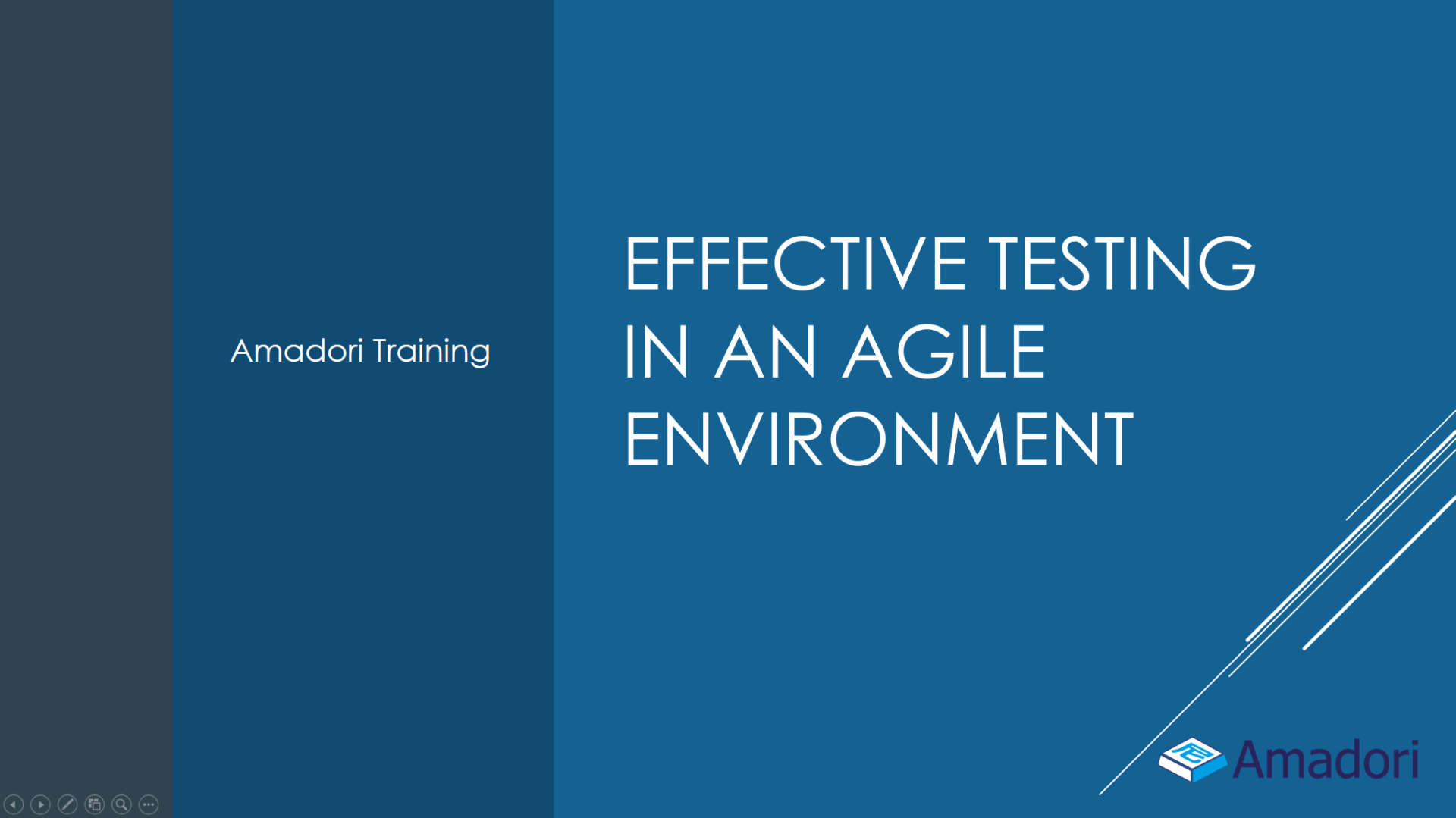
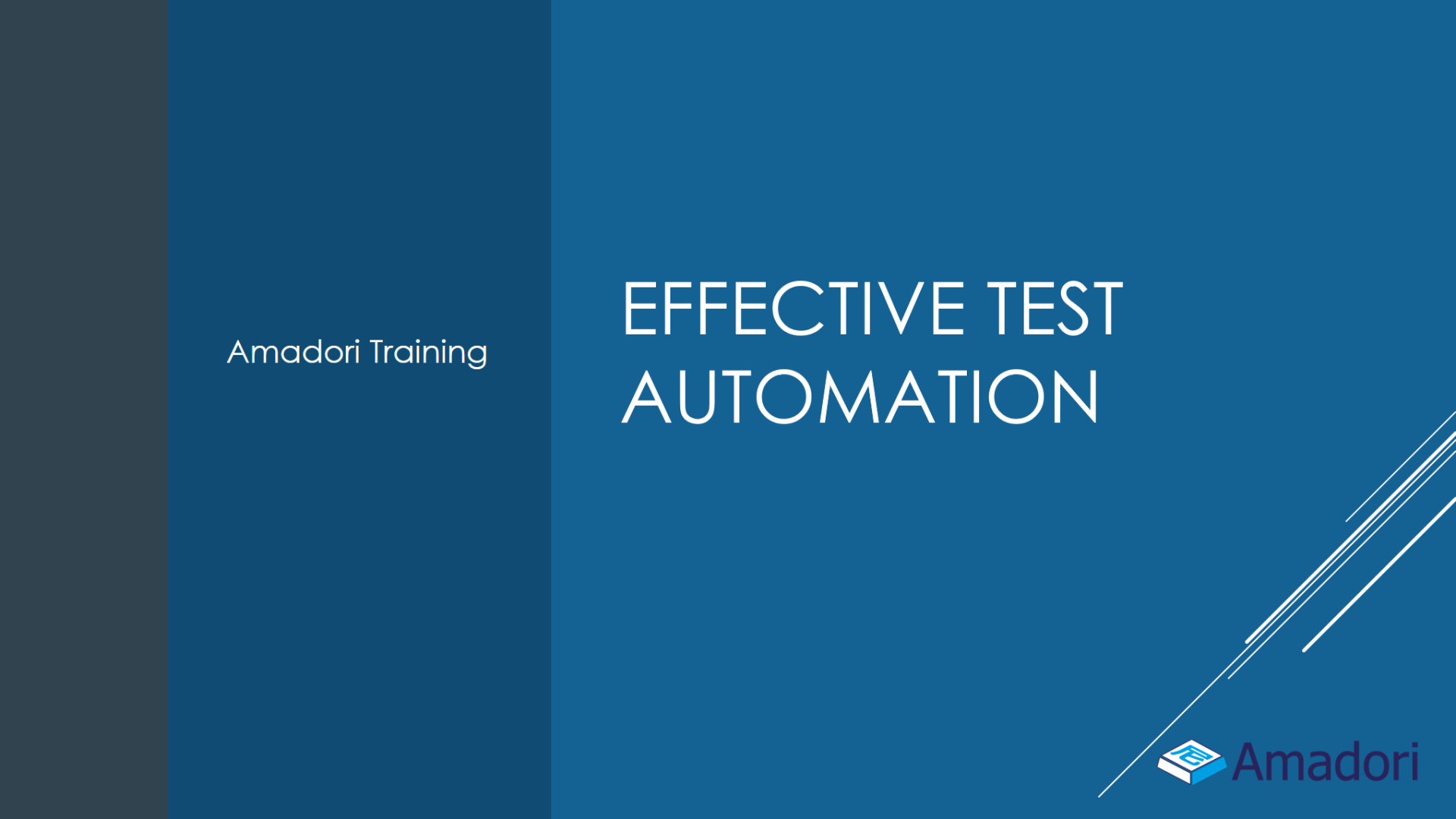
- Introduce Automated Testing for the first time
- Improve the scope and effectiveness of their existing automated test scripts








